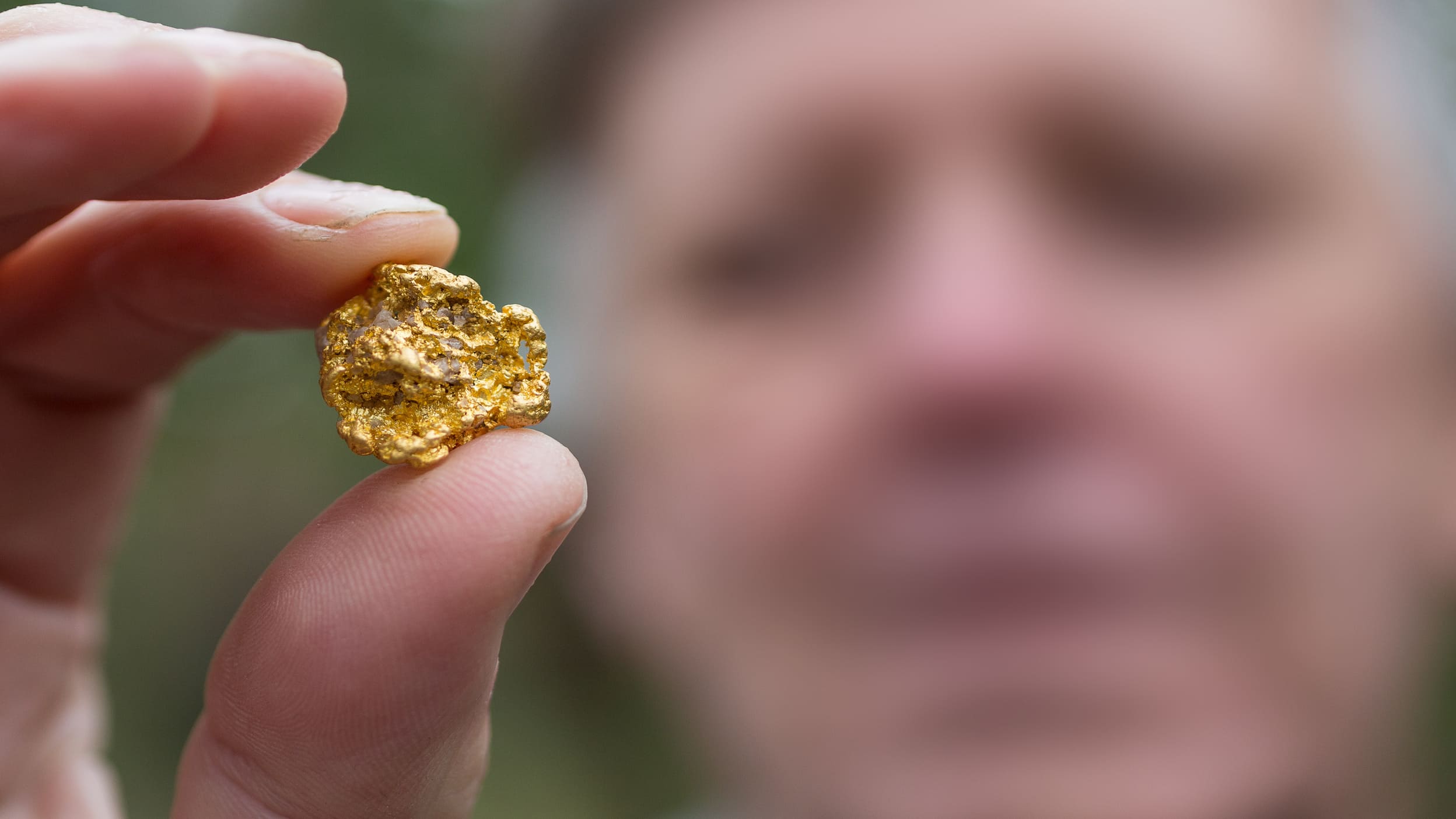
Have you signed up to receive our quarterly Gold Report?
Our quarterly gold report examines the performance of the asset class, macroeconomic factors, and other useful insights. Sign up to receive these insights directly in your mailbox.

In the first part of our Q2 Gold Report, we reviewed how the gold price fared and touched upon other asset classes, as well as explored significant macro factors, including bond yields, the US Dollar and inflation expectations. In this second part of the Gold Report, we explore the various sources of supply and demand to further explain recent movements in the gold price.
Gold demand was 16.7% lower in Q2 than in Q1 2024 at 929 tonnes. Q2 is a typically weak calendar quarter for gold demand, but gold was also lower on a seasonal basis, 6.5% lower than Q2 2023. This was during a quarter when the gold price set consecutive new record high prices, negatively impacting the largest sections of demand, namely jewellery, retail investment and central banks.
One important but smaller area of demand that did see growth this quarter was technology. This was in large part due to the demand for superior graphics processing units in the wake of companies adopting the potential of artificial intelligence. The demand for these chips is such that the manufacturers are able to absorb the higher input cost of gold. Technology demand was 0.1% higher quarter-on-quarter at 81 tonnes, the highest since Q1 2022 when consumer demand for electronic goods began to fade from the pandemic peak.
Jewellery continues to dominate the demand profile of gold despite a 18.5% quarter-on-quarter fall in consumption. Retail investment in the form of bars and coins was the second largest source of demand, moving ahead of central banks. This was as retail investment saw a drop in demand of 16.7% in the quarter, but central bank additions to their reserves fell 38.9% over the same period. Gold ETF demand was seen to improve through the quarter; however, the sector was an overall net seller.
Jewellery consumption of gold was 391 tonnes in Q2, a fall of 18.5% from Q1. This was the lowest level (by weight) recorded since Q3 2020 when the pandemic capped demand at 333 tonnes. The clear determinant of the lower level of demand was the record price of the metal, eventually peaking at $2,450 (20 May 2024). Despite the high price, jewellery demand still disappointed with a simple regression model on historic prices and consumption suggests demand should have been higher.
Reviewing country demand, there was a clear quarter-on-quarter drop in China post the effects of Lunar New Year gifting but comparing Q2 2023, Q2 2024 saw a 34.5% drop in gold consumption for jewellery to 92 tonnes. This meant India regained the top position for most gold jewellery bought by weight with an 11.6% quarter on-quarter increase to 107 tonnes though again demand was down significantly on a year previous, -17.1%. Going forward India may well be the market to watch thanks to a drop in gold duties, which will go some way to mitigate the higher price of the metal on global markets.
Estimated central bank purchases of gold fell 38.9% in Q2 from the previous quarter to 183 tonnes, the lowest level since Q2 2023. A survey conducted by the World Gold Council1 asked central banks about the factors they consider in their decision to hold gold. The fact that gold is not subject to default risk was the most highly relevant factor. The second reason was the performance of gold during the times of crisis, closely followed by the historical position.
On the point of historical positioning, this has been the recent motivation for Poland’s purchases of gold; Poland is increasing its gold reserves to the European average, which is dominated by legacy holdings of France, Italy and Germany. This led the National Bank of Poland to be the joint largest central bank purchaser in Q2 2024, along with the Reserve Bank of India, with each adding 19 tonnes of gold to their reserves.
Although outflows from gold-backed ETFs significantly tempered in the quarter, the overall result was still a return of 7 tonnes to the market in Q2 24 (versus 113 tonnes of net sales in Q1). One potential reason for the stem in outflows is the anticipated rate cut by the Fed, which is linked to the two traditional drivers of gold: negative real US rates and a weaker USD.
Looking at the geographies of ETF purchases, Asia had continuous purchases through the quarter, perhaps in relation to concerns about domestic currencies holding their value. Post heavy selling in April, sales in Europe turned significantly positive in May and followed through into June as the ECB executed its first rate cut of the cycle (as anticipated) at the start of June. This may be repeated by US-based funds come the expected rate cut there in H2 2024.
Source: World Gold Council, as at 31 March 2024
The supply of gold increased 6.3% in Q2 from Q1 and a supply of 1,258 tonnes represents a 4.2% increase on Q2 2023. Year-to-date the supply of gold has totalled 2,441 tonnes, 1.2% ahead of H1 2023 with the full year of 2023 being the biggest year for gold supplied on record.
As per Q1 2024 gold producers have been encouraged by the record high price of gold to extract the metal. 929 tonnes was mined in the quarter, only the 12th highest volume on record despite the market price. Also, the volume of gold coming back into production from recycled material fell to 335 tonnes from 349 tonnes in Q1 as sellers perhaps are waiting for higher prices. The amount of supply lost to hedging fell again as producers are more willing to take the spot price; hedging took 6 tonnes out of supply in Q2 2024.

Monthly commodities update
Find out how commodities performed in July, with insights into the key macro events and what we think you should be keeping an eye on in the near term with our latest commodities update.

US Equities monthly update
The month started out in familiar territory, with tech-driven momentum helping both the Nasdaq-100 and S&P 500 set new record highs after seven straight sessions of gains. However, the Nasdaq-100 gave back those early gains plus more, eventually ending July down 1.6%.

How does a swap-based ETF work?
ETFs replicate benchmark indices in different ways: physically, and synthetically – also known as a swap-based approach. Find out how a swap-based ETF works.
The value of investments and any income will fluctuate (this may partly be the result of exchange rate fluctuations) and investors may not get back the full amount invested.
Data as at 30 June 2024 unless otherwise stated.
This is marketing material and not financial advice. It is not intended as a recommendation to buy or sell any particular asset class, security or strategy. Regulatory requirements that require impartiality of investment/investment strategy recommendations are therefore not applicable nor are any prohibitions to trade before publication. Views and opinions are based on current market conditions and are subject to change. This document may not be reproduced or used for any other purpose, nor be furnished to any other person other than those to whom copies have been sent. Nothing in this document should be considered investment advice or investment marketing as defined in the Regulation of Investment Advice, Investment Marketing and Portfolio Management Law, 1995 (“Investment Advice Law”). Neither Invesco Ltd. nor its subsidiaries are licensed under the Investment Advice Law, nor does it carry the insurance as required of a licensee thereunder.
EMEA3758753/2024